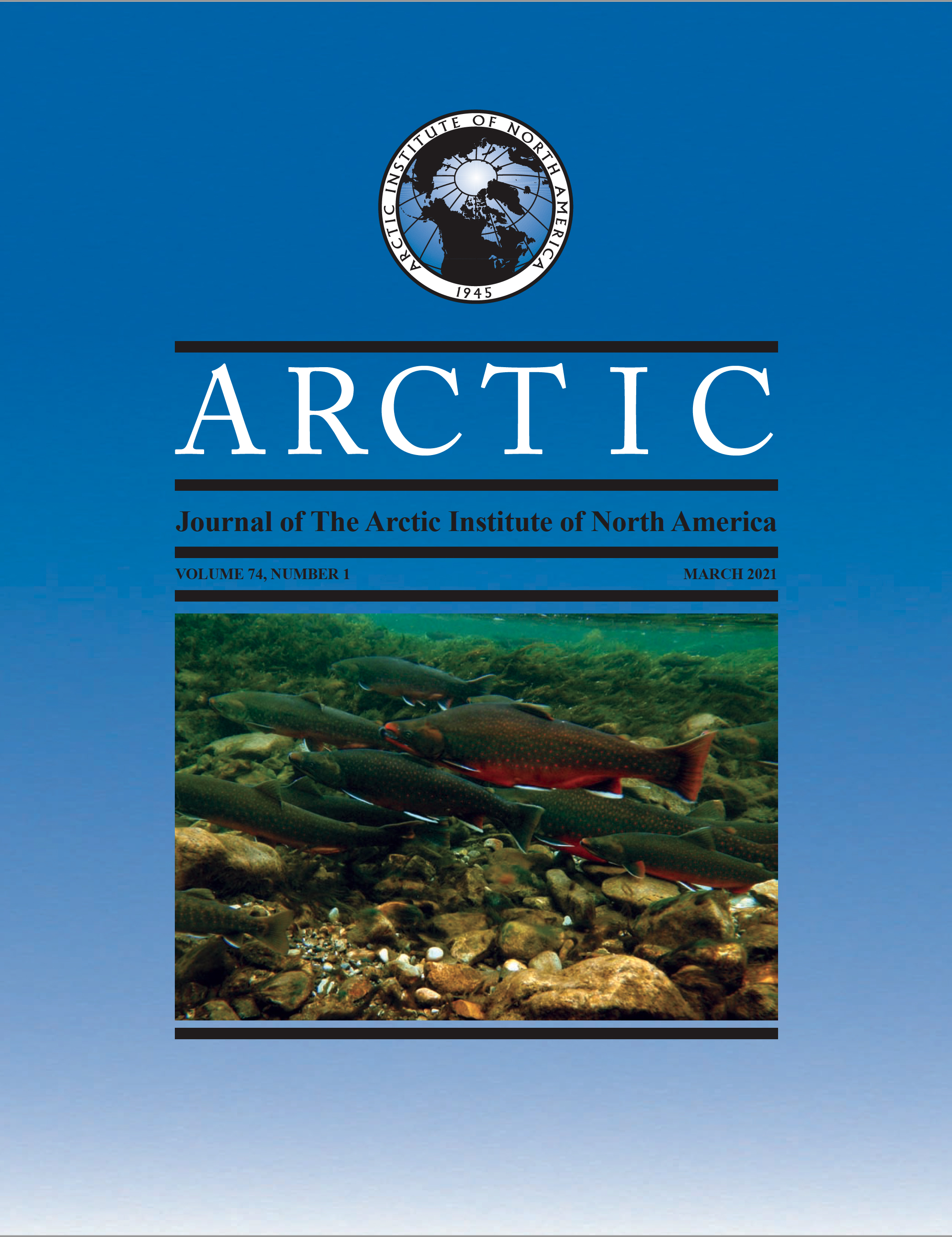Distribution and Population Size of Emperor Geese during the Breeding Season on the Seward Peninsula, Alaska
DOI:
https://doi.org/10.14430/arctic72055Keywords:
aerial survey; Alaska; detection probability; Emperor Geese; Seward Peninsula; populationAbstract
The Emperor Goose (Anser canagicus) is a year-round occupant of northern latitudes, spending its entire annual cycle in coastal habitats of western Alaska and the Russian Far East. Over the last several decades, the Emperor Goose population underwent a pronounced decline, prompting 30 consecutive years of harvest closures, followed by a protracted recovery and the recent reopening of harvest. This recovery was primarily documented on the Yukon-Kuskokwim Delta in western Alaska, where an estimated 80% – 90% of the world’s Emperor Goose population breeds. However, the size and status of their population on the Seward Peninsula, Alaska, which is their only other significant breeding area in North America, remains almost completely unknown. Therefore, to better inform population and harvest management of Emperor Geese in western Alaska, we conducted extensive aerial surveys of Emperor Geese along the northern coast of the Seward Peninsula during the breeding season. During the summer of 2018, we surveyed 150 transects totaling 351 km2, for a total sampled fraction of 7.2% of the 4853 km2 survey area. Using a double-observer technique that accounted for detection probability, we estimated a population of 1226 (95% CI: 792 – 1660) Emperor Geese on the Seward Peninsula, of which 614 (95% CI: 416 – 811) were considered breeding birds based on their observed status as singles or pairs. Most Emperor Geese (61%) were found on barrier islands, even though these islands accounted for just 3.5% of the total survey area; the remaining geese were found in lowland coastal habitats (23%) or upland tundra (16%). Overall, our surveys indicate a small breeding population of Emperor Geese on the Seward Peninsula, which raises some conservation concern. Further reductions or extinction of this small population would leave Emperor Geese with only one significant breeding area in North America. Because Emperor Geese typically display high breeding site fidelity and female natal philopatry, any future growth of this small population will likely to need to come from within.
Downloads
Downloads
Published
Issue
Section
License
Copyright (c) 2021 ARCTIC

This work is licensed under a Creative Commons Attribution 4.0 International License.


